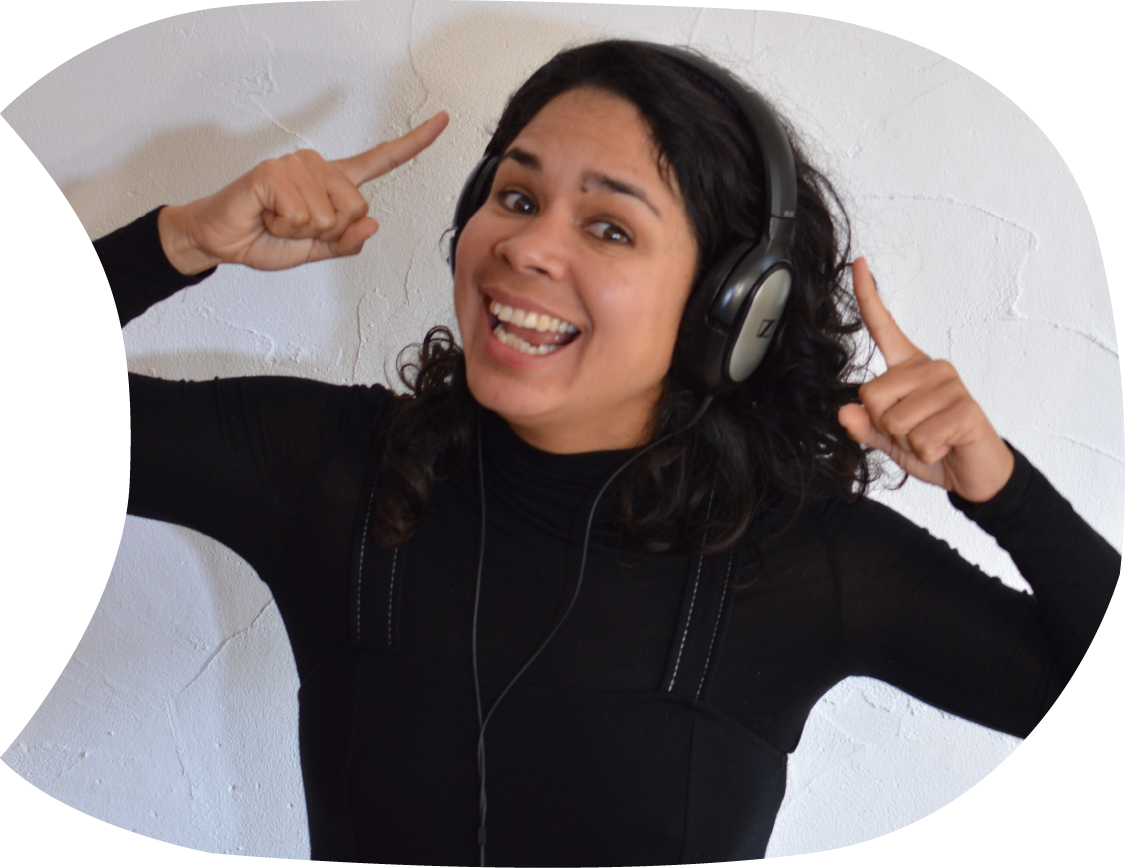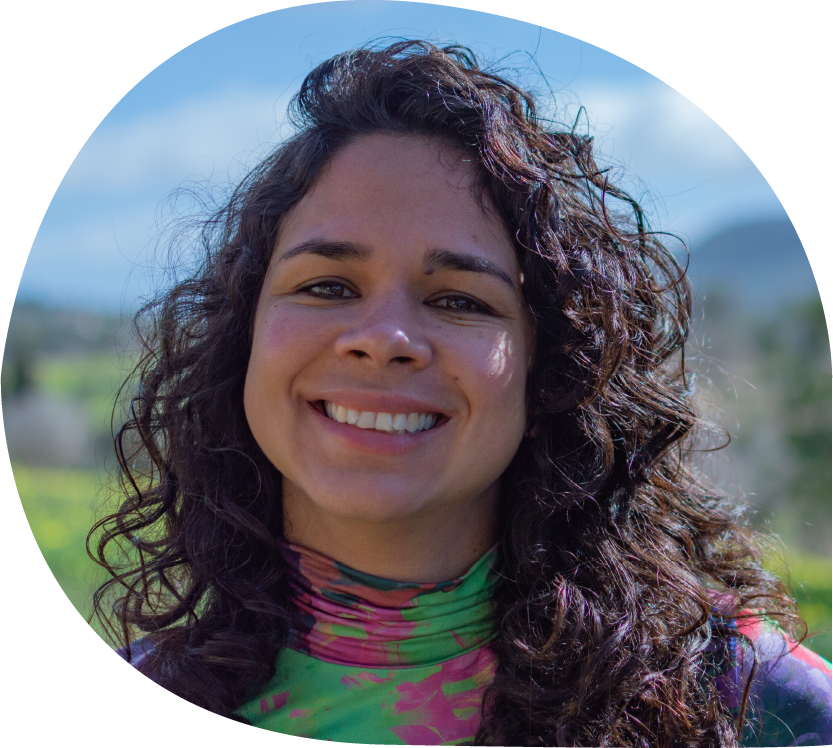
Decoding Spoken Language: A Puzzle of Sounds
Starting out on the journey of getting the hang of spoken language, especially when diving into a new tongue, is quite the adventure. It's not just about the technical stuff but also about getting cozy with all those linguistic odds and ends. So, when we're in the thick of it, listening to people chatter away, our brains are basically playing detective, trying to crack the code of sounds and piece them together into understandable bits like sentences, words, and phrases. It's like putting together a puzzle where each piece is a sound.
At the heart of this detective work are phonemes—the teeny-tiny building blocks of speech. These little guys are what make words different from each other.
When we hear a word in Spanish, what we're really hearing is a carefully crafted sequence of phonemes. Our brains then give this sequence some meaning based on what languages we already know. But it's not always a walk in the park; our own sound background and past language experiences really shape how we hear and understand sounds, making listening a bit of a head-scratcher.
So, listening is like a mash-up of technical sound juggling and language gymnastics as our brains sift through all the spoken layers to find meaning in the noise. Take a word in Spanish like "casa" /kˈasa/ (house) or "saca" /sˈaka/ (take out), for example. Sounds come together to make meaning. It's not just about knowing what the word means; it's about pulling apart and saying each sound that builds it—taking sound from the sea of talk.
For learners, getting the hang of a new language can be tough, especially when the sounds are a world away from what we're used to. As a Spanish speaker, I've had my fair share of struggles picking up English sounds because of how my native language shapes my speech. Like, the difference between the 'ʊ' sound in 'good' /ɡˈʊd/ and the 'u' in Spanish for 'tu' /tˈu/ can trip me up big time.
And then there's figuring out the difference between Spanish words like "todo" /tˈoðo/ and "toro" /tˈoɾo/, which shows how nailing down those little sound tweaks is key for understanding and talking the talk.
It's important for learners to clock how their first language shapes how they talk in the new one, and that affects how they understand what's being said. But with the right attitude and approach, challenges can become chances to level up.
Learning a new language is like rewiring your brain, and getting good at it takes time and effort. By training our ears to pick up on sound details and practicing saying stuff right, we can start sounding more like natives.
So, here are some tips to up your Spanish sound game:
- Get cozy with the basic sounds of Spanish, focusing on those phonemes both on their own and in words.
- Copy native speakers, paying attention to how they say things.
- Spot the challenging sounds and put in some extra study time on them.
- Use real and didactic resources that match your learning style to boost your grasp of sounds and pronunciation.
By diving into the essentials and putting in the work on those sound puzzles, we can tackle challenges and set off on a sweet journey to speaking Spanish like a pro. Remember, every stumble is a step forward. ¡Buena suerte!

